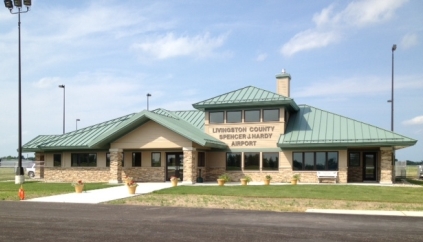New state PFAS standards put Livingston Airport on cleanup list
By Mike Kruzman and Jon King | WHMI | August 6, 2020

Read the full article by Mike Kruzman and Jon King (WHMI)
“New and stricter standards for PFAS levels in drinking water have been approved by the state, resulting in three local sites being added to a list requiring clean-up efforts.
Per- and polyfluoroalkyl substances, more commonly known as PFAS, are a group of potentially harmful contaminants that for decades have been used in the production of firefighting foam, household cleaning items, and many other consumer products. This week, the Michigan PFAS Action Response Team (MPART), as administered by the Department of Environment, Great Lakes, and Energy (EGLE), announced new regulations for 7 PFAS chemicals in municipal drinking water.
EGLE Director Liesl Eichler Clark addressed the new standards during an online press conference earlier this week hosted by 8th District Congresswoman Elissa Slotkin. ‘This new drinking water standard will have an immediate effect on Michigan’s existing groundwater cleanup criteria ensuring more comprehensive remediation of tainted water. The new drinking water and groundwater standards will importantly also result in 42 new sites being added to MPART’s portfolio of ongoing investigations.’
Among those new sites are three in Livingston County; The Spencer J. Hardy Airport in Howell Township, the Brighton Township Dump located on Corlett Drive and the Livingston County Landfill on Barron Road in Howell Township. In the case of the airport, state data indicates it was added after firefighting foam was used following the crash of a private jet in January of 2017.
The new drinking water standards also update Michigan existing groundwater clean-up criteria of 70 parts-per-trillion for PFOS and PFOA. New groundwater standards are 16 ppt for PFOS and 8 ppt for PFOA. MPART executive director Steve Silver said in a release that these new limits are an important regulatory tool that will allow MPART to expand their mission and protect more Michiganders for the contaminants…”
This content provided by the PFAS Project.
Location:
Topics: